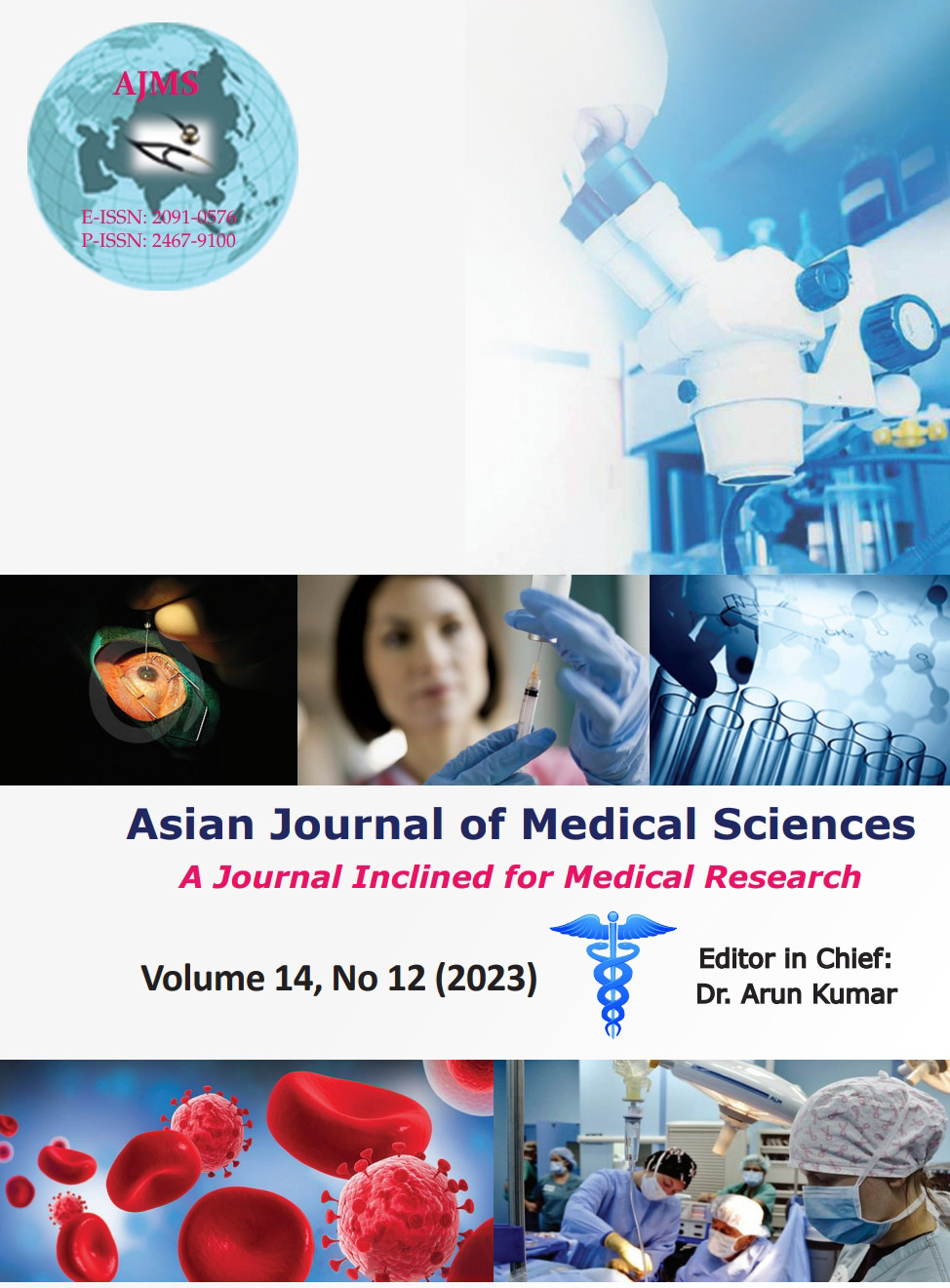Evaluation of the diagnostic accuracy of microalbuminuria in predicting mortality among elderly patients with sepsis
Keywords:
Area under curve; Biomarkers; Health services for aged; Receiver operator characteristics curve; Sensitivity and specificity, sepsisAbstract
Background: Sepsis is a common cause of morbidity and mortality among geriatrics.
Aims and Objectives: The objective of study was to find the clinicomicrobiological profile of elderly inpatients (≥60 years) with sepsis and to evaluate the diagnostic accuracy of urine albumin to creatinine ratio (ACR) or microalbuminuria in predicting mortality.
Materials and Methods: A prospective observational study was conducted among 50 geriatric patients admitted with sepsis in the ward or intensive therapy unit under medicine department of a tertiary care center for a period of 1 year. Baseline clinicomicrobiological profile was noted. Urine ACR values were measured at admission, day 4, and day 7 and geriatrics were followed up for 28 days to see the outcome. Receiver operator characteristic curve analysis was performed to evaluate the area under the curve for microalbuminuria on the 3 days and to determine the optimum cut-off points to predict mortality.
Results: The mortality rate within 28 days was 64%. Urine microalbuminuria on day 1, day 4, and day 7 of admission was significantly higher among the non-survivors compared to survivors (P≤0.001, P≤0.001, and P=0.006, respectively). Microalbuminuria levels (in mcg/mg) of 143.0, 60.05, and 42.6 on day 1, 4, and 7 of admission, respectively, can be used as the cut-off to predict the death of geriatric sepsis inpatients with overall diagnostic accuracy of 83.0%, 83.4% and 86.1%, respectively, sensitivity as 93.75%, 87.50%, and 100.0%, respectively, and specificity as 44.44%, 72.22%, and 72.22%, respectively.
Conclusion: Microalbuminuria can be a potential biomarker to predict death among geriatric septic inpatients, which can further help in improving the treatment strategy.
Downloads
Downloads
Published
How to Cite
Issue
Section
License
Copyright (c) 2023 Asian Journal of Medical Sciences

This work is licensed under a Creative Commons Attribution-NonCommercial 4.0 International License.
Authors who publish with this journal agree to the following terms:
- The journal holds copyright and publishes the work under a Creative Commons CC-BY-NC license that permits use, distribution and reprduction in any medium, provided the original work is properly cited and is not used for commercial purposes. The journal should be recognised as the original publisher of this work.
- Authors are able to enter into separate, additional contractual arrangements for the non-exclusive distribution of the journal's published version of the work (e.g., post it to an institutional repository or publish it in a book), with an acknowledgement of its initial publication in this journal.
- Authors are permitted and encouraged to post their work online (e.g., in institutional repositories or on their website) prior to and during the submission process, as it can lead to productive exchanges, as well as earlier and greater citation of published work (See The Effect of Open Access).




